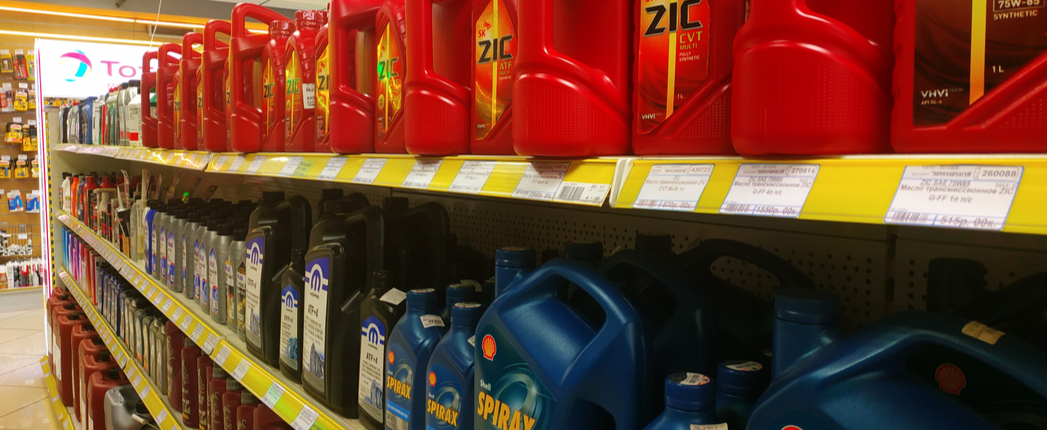
Russian motorists did not significantly change their engine oil buying or changing habits during the height of the coronavirus pandemic last year, and even if some patterns changed slightly, consumers’ behavior has almost returned to pre-pandemic levels, a market study found.
“Even in the uncertain economic situation, Russian consumers haven’t massively changed the way they do oil changes,” Alexander Yakovlev, Ipsos senior client officer for automotive in in Central and Eastern Europe, told GBC’s Russian and CIS Base Oils and Lubricants conference in May.
Ipsos Group is a multinational market research and consulting firm headquartered in Paris. Yakovlev is based in the consultancy’s Moscow office.
The market study is based on results collected from the Ipsos engine oil tracker database. The database draws inputs from surveys conducted using Ipsos’ proprietary online panel iSay, which offers awards to members who take surveys. The consultancy said iSay has 3.8 million members across 53 countries, including 213,000 in Russia, but it did not disclose the number of respondents for the surveys cited by Yakovlev or whether respondents could take the survey more than once.
The market study’s results show that 82.7% of respondents during an April and May survey said they would not increase their intervals between oil changes and would stay on their usual schedule. Only 9.3% said they would increase the interval by up to 3,000 kilometers and 5.5% said they would increase it by 3,000-5,000 km. The rest, or around 2.5% of the respondents, said they would increase the oil change interval by 5,000 km or more.
“This shows that even in uncertain economic times, when it comes to their cars, the engine oil is a category that Russian consumers economized on the least,” Yakovlev said.
Another set of surveys was conducted in November. Ipsos found that at that time the engine oil-related consumer habits had almost returned to the pre-pandemic level.
When asked, “On what criteria do you change oil in your car,” the largest group of the respondents, or 43.6%, said that the criterion was distance driven and that they followed their OEM’s recommendation.” The second-largest group, or 36.5%, said they also based their interval on distance driven but that they changed sooner than their OEM recommended.
Compared to the April 2020 and November 2019 surveys, “it shows that the portion of respondents changing oil more frequently than OEM-recommended intervals continues to grow. “On average, every third car driver does intermediate oil change and the share is steadily growing.”
The Ipsos study found that the practice of changing oils based on seasons has nearly ceased. In the past two years, that correlation remained about 52% of the motorists who use synthetic, about 43% of those who semi-synthetic and about 2.5% of those who use non-synthetic products.
The survey also found that the share of online engine oil sales in Russia increased to 9% in November 2020 from 6% in November 2018.